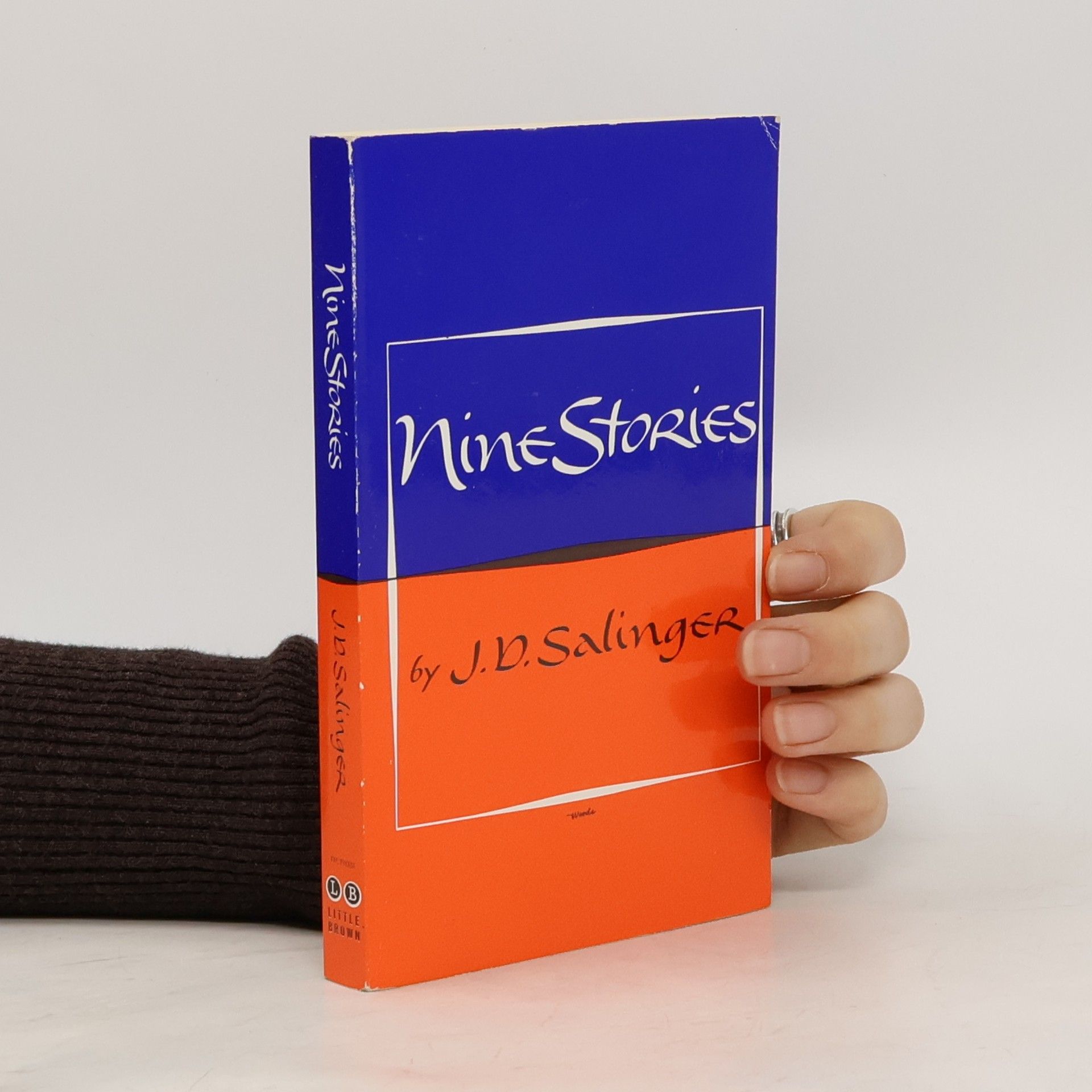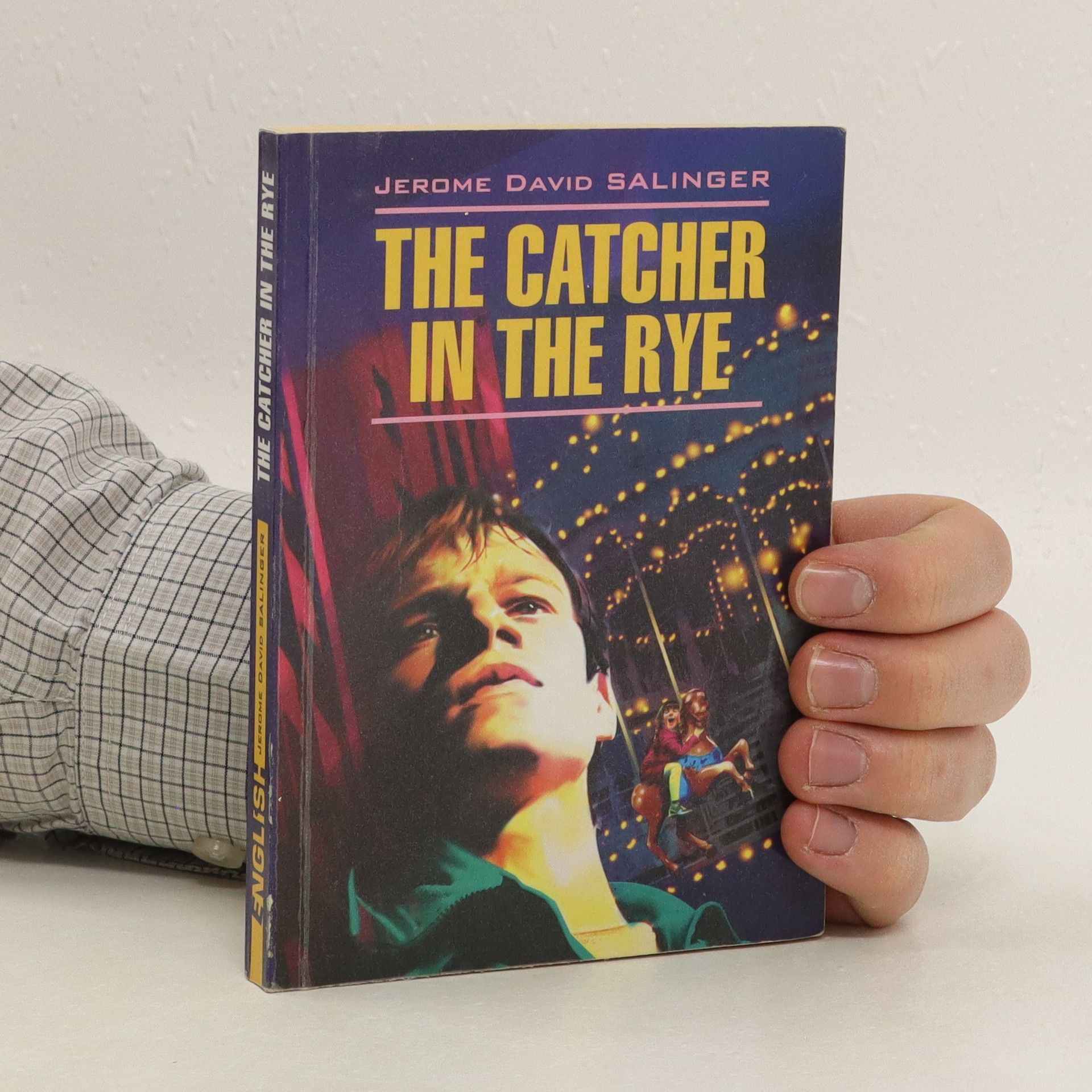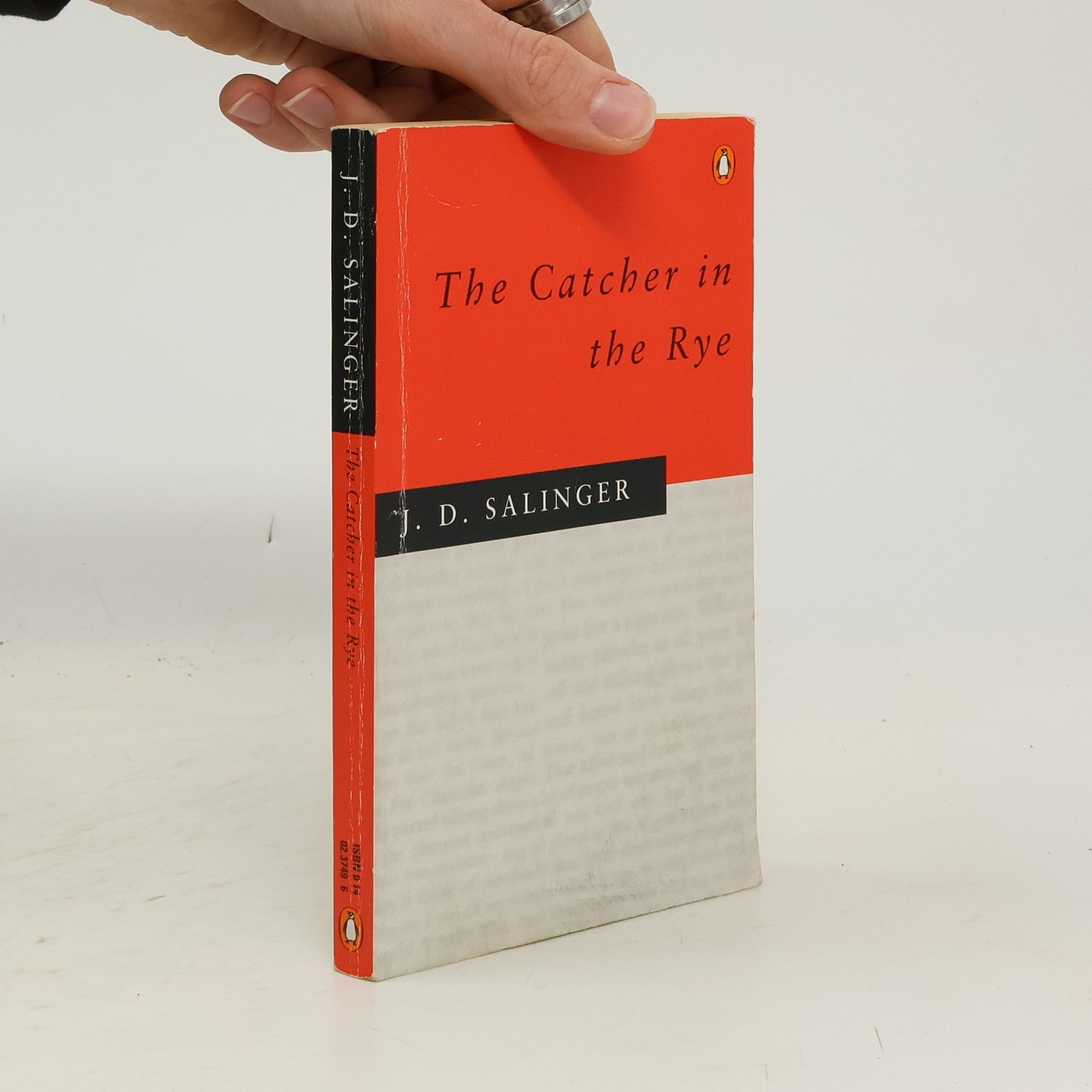J. D. Salinger Books
Jerome David Salinger captured the complex inner lives of adolescents with unparalleled depth, exploring themes of alienation and the loss of innocence. His distinctive narrative voice and keen observation of the teenage psyche have resonated with readers across generations. Though he retreated from public life following the immense success of his most famous work, his literary impact endures. Salinger's writing is characterized by its profound exploration of human connection and the search for authenticity.







Nine stories
- 208 pages
- 8 hours of reading
"Presents nine short stories by twentieth-century American author J.D. Salinger, most shadowed by the legacy of war." *** "This collection of stories deals mainly with sensitive and troubled adolescents and children."
The author writes: The two long pieces in this book originally came out in The New Yorker Raise High the Roof Beam, Carpenters in 1955, Seymour: An Introduction in 1959. Whatever their differences in mood or effect, they are both very much concerned with Seymour Glass, who is the main character in my still-uncompleted series about the Glass family. It struck me that they had better be collected together, if not deliberately paired off, in something of a hurry, if I mean them to avoid unduly or undesirably close contact with new material in the series. There is only my word for it, granted, but I have several new Glass stories coming along--waxing, dilating--each in its own way, but I suspect the less said about them, in mixed company, the better. Oddly, the joys and satisfactions of working on the Glass family peculiarly increase and deepen for me with the years. I can't say why, though. Not, at least, outside the casino proper of my fiction.
Nine Stories. Salinger
- 198 pages
- 7 hours of reading
A haunting and deeply personal portrait of family tragedy from the much-loved author of The Catcher in the Rye Buddy Glass is the second-eldest son in the eccentric and enchanting Glass family. He is on leave from the army during World War II, attending the wedding of his eldest brother, Seymour. But the wedding is not a happy one: it is overcast by a sense of strange suspense. Perhaps everyone is aware, on some level, of what is to come. And in the years after the tragedy, Buddy is haunted by memories of Seymour, turning over in his mind everything that came to pass with his deeply complex and unhappy older brother. With painful tenderness and great subtlety, Salinger unfolds a story of family tragedy from the point of view of a character - Buddy - who has long been suspected to be a portrait of the author himself.
Three Early Stories (Scholastic Edition)
- 108 pages
- 4 hours of reading
The story follows Jerome David Salinger, a young and ambitious writer with lofty aspirations for his career. With a strong desire to establish himself in the literary world, he aims to publish his early stories in The New Yorker, which he views as the ultimate achievement for any American author. His journey reflects the intense pressure and high expectations faced by aspiring writers.
Raise High the Roof Beam, Carpenters
Seymour an Introduction
"First published in the New Yorker in the 1950s, Raise High the Roof Beam, Carpenters and Seymour: an Introduction are two novellas narrated by Buddy Glass, a character often said to be a portrait of Salinger himself. In the first, Buddy has taken leave from the army during World War II to attend the wedding of the eldest Glass brother, Seymour, and an atmosphere of portentous suspense sets the scene for the tragedy that will follow. In the second, Buddy reminisces about Seymour and the novella unfolds into a deep and far-reaching exploration of a complex and sad character which displays all the tenderness and subtlety which distinguish the best of Salinger's writing"--Publisher's website
J.D. Salinger, author of the classic Catcher in the Rye (1951), wrote the stories Franny and Zooey for publication in the New Yorker magazine in 1955 and 1957 respectively. Both stories were part of a series centred around a family of settlers in New York, the Glasses, particularly the children of Les and Bessie Glass, a Jewish-Irish theatrical act. All are brilliant former radio actors. Their eldest child, Seymour, a genius, commits suicide in his thirties. The repercussions to the family of this act provide the unifying theme to the stories. In Franny and Zooey the youngest member of the family, Franny, has a religious and nervous breakdown. She attempts to ward off the meaninglessness of college life by the obsessive repetition of a Jesus prayer. Her brother Zachary (Zooey) rests at nothing in his attempts to restore her sanity. J.D. Salinger wrote the Glass stories, 'It is a long-term project, patently an ambitious one, and there is a real-enough danger, I suppose, that sooner or later I'll bog down, perhaps disappear entirely, in ly own methods, locutions and mannerisms. On the whole, though, I'm very hopeful.I love working on these Glass stories, I've been waiting for them most of my life, and I think I have fairly decent, monomaniacal plans to finish them with due care and all-available skill.'
A 16-year old American boy relates in his own words the experiences he goes through at school and after, and reveals with unusual candour the workings of his own mind. What does a boy in his teens think and feel about his teachers, parents, friends and acquaintances?



